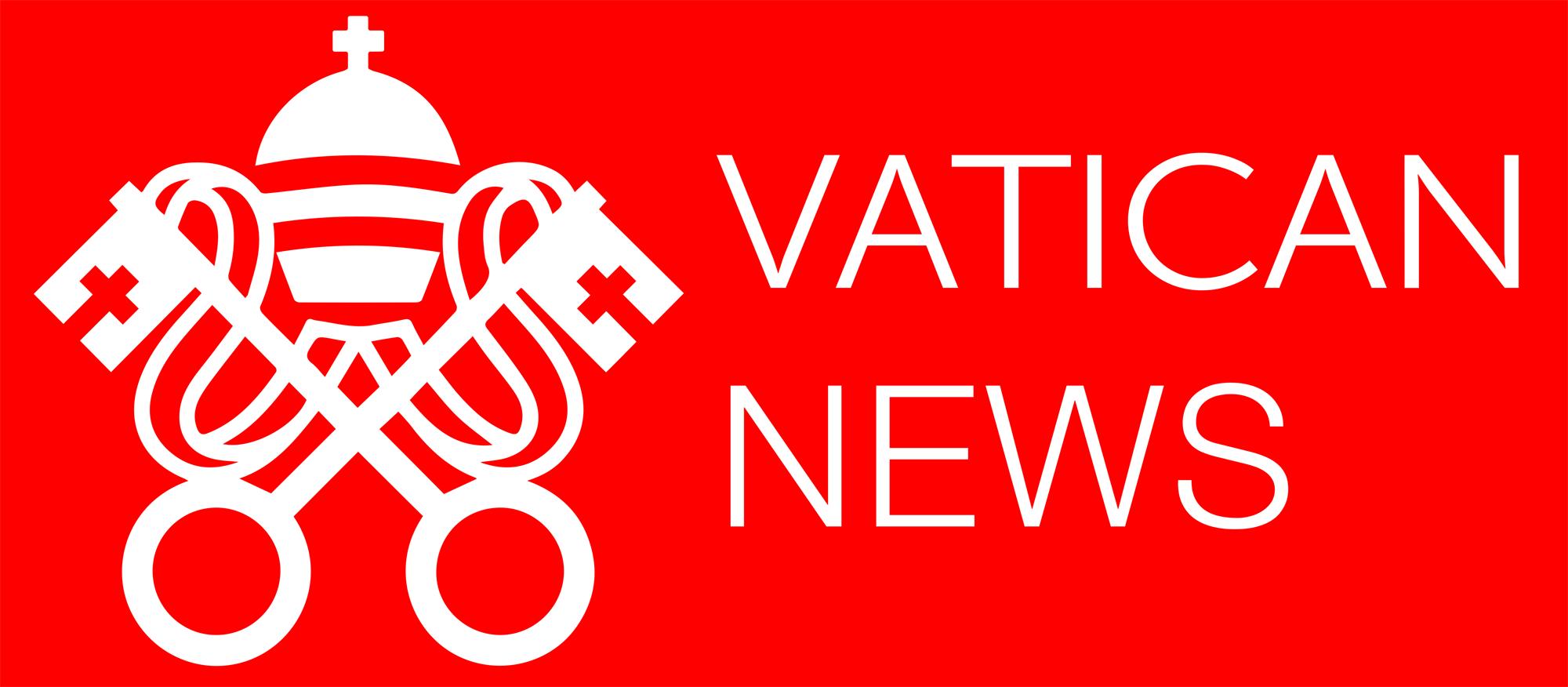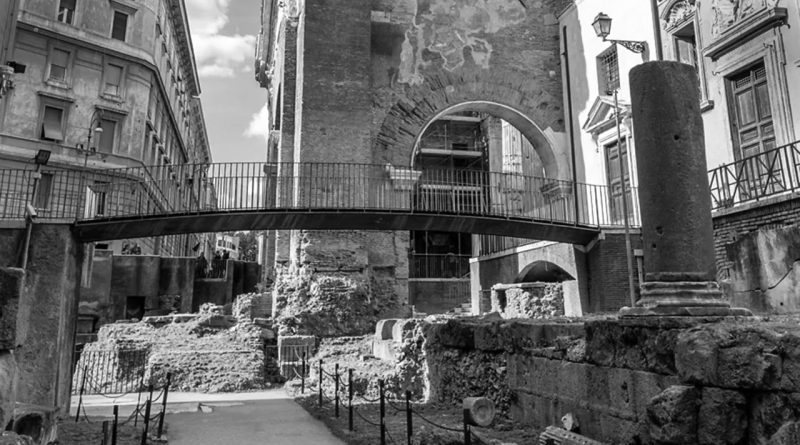Documents identify thousands of Jews hidden by Catholic religious during Nazi occupation of Rome
A new discovery at the Pontifical Biblical Institute (known as the Biblicum) brings to light how Catholic institutions in Rome sheltered Jewish individuals during the Nazi persecutions of the 1940s.
The never-before-seen documents were unearthed in the archives of the Biblicum as part of extensive research conducted by a team of historians, marking a significant breakthrough in understanding efforts to rescue Jews during World War II.
What the document reveals
A joint press release by the Pontifical Biblical Institute, the Jewish Community of Rome, and Yad Vashem Holocaust Museum in Jerusalem, published on 7 September, offered details of the discovery.
The historic find consists of a list of 100 women’s and 55 men’s religious congregations which provided refuge, along with the precise numbers of people accommodated within these institutions.
“The list of 100 women’s and 55 men’s religious congregations that offered hospitality, together with the numbers of the persons who were accommodated by them, had already been published by the historian Renzo de Felice in 1961, but the complete documentation had been considered lost,” according to the press release.
However, the newly-rediscovered documents reveal the stories of more than 4,300 individuals, with 3,600 of them identified by name.
The discovery shows that 3,200 of the individuals can be conclusively identified as Jews. In many cases, their whereabouts during their time in hiding are recorded, and, in some instances, their pre-persecution lives have been documented.
The press release explained that “of the latter it is known where they were hidden and, in certain circumstances, where they lived before the persecution.”
This newfound treasure trove of information significantly enriches our understanding of the role played by Catholic institutions in safeguarding Jewish lives during a time of immense peril.
Out of respect for privacy concerns, access to the complete document is currently restricted. However, it was unveiled at a workshop held at the Shoah Museum in Rome on 7 September 2023, offering a glimpse into the untold stories hidden within its pages.
The documentation itself was meticulously compiled by Italian Jesuit Fr. Gozzolino Birolo between June 1944 and the spring of 1945, following the liberation of Rome by the Allied forces. Notably, Fr. Birolo served as the bursar of the Pontifical Biblical Institute from 1930 until his death in June 1945.
Events in Rome
During the period of Nazi occupation in Rome, from September 1943, until the city’s liberation in June 1944, the Jewish community endured horrific persecution.
Tragically, nearly 2,000 people, including hundreds of children and adolescents, out of an estimated 10,000 to 15,000 Jews in Rome, were deported and killed during this dark time.
A key figure associated with the Pontifical Biblical Institute during this period was the German Jesuit Fr. Augustin Bea, later elevated to Cardinal in 1959, renowned for his dedication to Jewish-Catholic dialogue. His commitment was notably reflected in the Second Vatican Council’s document, Nostra Aetate.
Historians involved in the discovery
The research behind this monumental discovery was a collaborative effort involving prominent historians, including Claudio Procaccia, Director of the Cultural Department of the Jewish Community of Rome; Grazia Loparco of the Pontifical Faculty of Educational Sciences Auxilium; Paul Oberholzer of the Gregorian University; and Iael Nidam-Orvieto, Director of the International Institute for Holocaust Research at Yad Vashem.
In addition, the press release notes that the historians involved in the study of the new documents are Claudio Procaccia, Director of the Cultural Department of the Jewish Community of Rome; Grazia Loparco of the Pontifical Faculty of Educational Sciences Auxilium; Paul Oberholzer of the Gregorian University and Iael Nidam-Orvieto, Director of the International Institute for Holocaust Research at Yad Vashem.”
The coordination was led by Dominik Markl, a scholar from the Pontifical Biblical Institute and the University of Innsbruck, along with the Rector of the Pontifical Biblical Institute, Canadian Jesuit Michael Kolarcik.
Photo: The Jewish Ghetto in Rome, where in 1943, the Nazis carried out a raid.
_____________
SOURCE:


